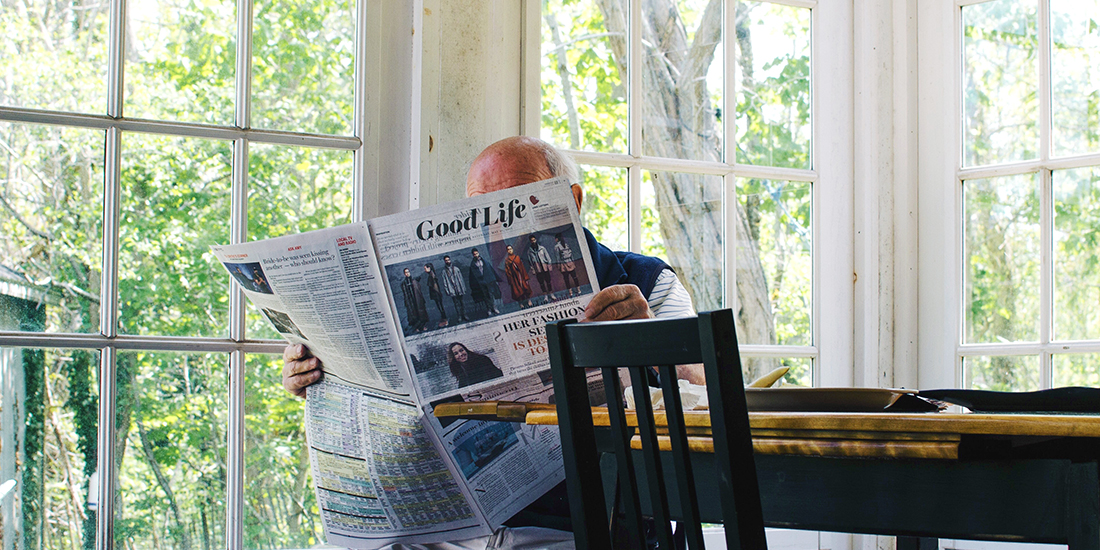
Q: My partner and I love our home in North Seattle and adore our neighborhood. Both of us are approaching retirement age and would like to stay put. What can we do to make sure our home stays accessible as we age?
A: When it comes to choosing to age in place, you’re not alone. According to AARP, 87% of adults aged 65 and older and 71% between the ages of 50–64 want to stay in their current home and community as they age. There is no time like the present to evaluate whether your current home can serve you or your family’s needs now and in the future.
Adaptability is key. One of the definitions of adaptability is the “capacity to be modified for a new use or purpose.” Every home has its own unique capacity. Not just a capacity to serve you now, but also its potential to serve you in the future with modifications. Can your home be effectively remodeled to deliver the functionality you really need? That’s its adaptability.
Barry Long, real estate broker with Marketplace Sotheby’s International Realty and accessibility consultant, explained to us that assessing adaptability comes down to questions about your desired quality of life in the future.
“There are four key requirements I look at when I’m showing potential homes to clients: location, safety, cost to make the home accessible, and then timing or phasing.” Your location is obviously taken care of if you want to stay in your home, but what about the other three requirements? They all follow from your quality of life needs.
When assessing requirements, Long suggests considering “mobility needs, not only today but in five to 10 years.” It’s not the easiest thing to consider, but you’ll need to think about it seriously if you plan on living in your home for as long as possible. For example, when you’re in your seventies, stairs may no longer be a safe, feasible, or desirable option. Knowing that now is essential in planning your future.
First, look at the entrances, rooms, and spaces in your home analytically. How many stairs do you have on your doorstep, if any? Can a ramp be easily added to at least one entrance to your main living area? Is there a full bathroom on the first floor? I not, can a powder room be transformed into a full bath? In the kitchen, would pull-out drawers for all your lower cabinets make it easier to get to your pots and pans without crouching down or getting on your knees?
Second, look outside. Would maintenance of a large yard or garden overwhelm you in 10 years? Even if you’ve lived and enjoyed most of your adult life creating and nurturing that space, there may come a time when maintenance will feel more like work than joy.
For those looking to age in place with progressive diagnoses or mobility challenges, there are simply more fact-finding questions to be asked and discussed. Thankfully many of these questions can be answered by accessibility experts like Long. After all, aging people with chronic ailments and/or those who use wheelchairs or power chairs have been buying and adapting homes for their needs for decades.
For his part, Long strives to keep it positive and encourages playing to your strengths in assessing a home’s adaptability. “It’s not the disability that drives what we’re looking for, but rather the current capacity and any potential future needs.”
Paul Kocharhook is the owner of Pathway Design & Construction, a member of the Master Builders Association of King and Snohomish Counties (MBAKS). If you have a home improvement, remodeling, or residential homebuilding question you’d like answered by one of MBAKS’ nearly 2,800 members, write to homework@mbaks.com.